Healthy eating doesn’t have to cost a fortune! Don’t miss out on all the nutritious meals the whole family will love with these 6 tips for how to eat well on a budget.
The world has certainly changed in the last few weeks. COVID-19 sweeping across the world has definitely impacted our lives in more ways than one, but I feel no one should feel an intense feeling of stress when it comes to managing feeding themselves or their family on a budget.
If your family is on a strict diet, has certain allergies, or need to eat more healthful meals, it can be done without needing or having to spend an arm and a leg to do so. And I discovered how to do this when I was expecting our first child—our family began the transition to eating healthier foods.
Like most children in the 1980s and 1990s, I had grown up eating the typical American diet of Rice Krispies for breakfast, PB&J for lunch, and Rice-A-Roni dinners.
By the time I became a mom, our society knew that this wasn’t the best way to eat.
I live under the philosophy that when you know better you can do better. Now knowing a diet rich with whole, real foods was the best choice, I wanted to do something about it.
One problem: We could barely afford to eat.
When our daughter was just a year old, my husband and I both lost our jobs, forcing us to move to another state that offered employment for my husband.
We had purchased a home at the height of the housing bubble in 2006. By the time we moved, the mortgage was underwater. For four years, we tried to balance the mortgage with a revolving door of tenants who leased the home from us—all while paying rent on a townhouse in our new state.
We had nothing extra in our budget. The only area to try trimming was our food.
Can you cut your grocery budget without cutting into your overall quality of health? I was up for the challenge.
The following six secrets to eating well on a budget are ways that our family learned to go from barely surviving, to more than just making it during that lean time of our lives.
The good news is that anyone, at any time, can employ these strategies to go from grocery stress to grocery savings. Even in the midst of a crisis.
6 Best Tips for How to Eat Well on a Budget

1. Cook from scratch.
When you cook from scratch, you control the ingredients going into your body. This is not so with processed foods. And using real, whole ingredients to make homemade foods will almost always save you money in the long run.
Cooking from scratch might be easier than you think. Instead of opting for pre-seasoned chicken nuggets, make your own by cutting boneless chicken into bite-sized pieces and breading them yourself.
Ruth has an abundance of recipes that can help you begin the cooking-from-scratch journey. The recipes can be simple. I’m no gourmet chef, but I almost always cook from scratch.
2. Shop clearance shelves.
When we were living on a low income, I made a game out of getting our grocery budget as low as it could go. Shopping the clearance shelves helped me achieve my goals and helped me keep our family eating healthy foods.
When shopping clearance items, it helps to form a mental plan of what you will do with the items.
I find that without this plan, my “great buys” may buy themselves time rotting in my fridge only to be tossed in the compost or trash can.
Some clearance produce items are eaten fine as is, but many times they make the mark-down racks because they may have a bruise or be extra ripe. You can turn bruised apples into homemade applesauce, cook soft tomatoes into a yummy marinara sauce, and freeze overripe bananas to use later for delicious smoothies or blender “ice cream” bowls.
Unless you plan on using meat the same day you purchase it, it’s best to freeze it immediately. Don’t overlook creative ways to use various meats as well. For example, if you score a bunch of marked-down lunch meat, think about chopping it up to add to omelets, salads, or frying it up as a breakfast meat. And if you want or are choosing to skip meat for a while then check out these 30 Meatless Recipes to Save You Time and Money.
If you don’t see a clearance section at your local supermarket, ask the grocer what they do with bruised and ripened produce, and near-expiration-date dry goods. These still have nutritional value; they simply don’t look as nice as what stores like to display on their main shelves.

3. Meal plan.
Meal planning can save your health and your budget.
When I don’t plan my meals, I’m more prone to call in take-out, order pizza, or announce it’s a Chick-fil-A night, again. It costs my family of six around $50 each time we eat out. Even one night per week can add an additional $200 to our food budget—and that’s being conservative!
Eating out is also bad for your waistline. You lose control of all ingredients when you eat this way, and most restaurants use much more sugar, salt, and unhealthy oils than you would use when cooking from scratch at home.
Faithful meal planning can ensure you are being a good steward of the food you have.
4. Frequent discount stores.
Even before we added children to our family, I began frequenting discount supermarkets in order to shave money off our grocery budget. I was amazed that I could spend up to 50 percent less at these stores—even without coupons!
While ALDI is my favorite discount chain, I hear wonderful things about Save-A-Lot as well as WINCO for those who live in the Pacific Northwest.
If you’ve never visited a discount supermarket in your area, make a point to give one a try. You might be surprised at what you will find and the money you will add back into your budget.
While these stores—like most—carry lots of processed junk foods, they also carry wholesome and even organic, non-GMO foods like produce and dry goods. The best bet for eating well while shopping at these is to stick to the store’s perimeter while avoiding most of the inner aisles. Nowadays, a lot of these stores offer special food items like gluten-free, organic, and even dairy-free items.

5. Eliminate Unnecessary Ingredients.
It was a lightbulb moment when I realized that there were ingredients I was buying at the store that I could eliminate from my budget because I simply did not need them!
There are some ingredients recipes call for that you can eliminate without changing the overall taste of the recipe. As well, one “ingredient” I have successfully cut from my grocery list is spice mixes. Instead of purchasing taco seasoning, for example, I’ve been making my own homemade taco seasoning for years. I do the same with poultry seasoning and bread crumbs. These are items I simply never buy because I realize they take such little time to make and are so much more affordable homemade.
You can also make some ingredients stretch without your family being none the wiser. Does the recipe call for two pounds of ground beef? You can probably make one stretch by bulking up the cheaper ingredients the recipe calls for–like extra pasta, sauce, or veggies. As well, lentils and refried beans are both good ways to stretch ground meat while maintaining a good amount of protein in the meal (albeit in a much more affordable way!).
6. Use a price book.
A price book is a record of how much certain items sell for at each store in your area. If you have more time than money, a good way to save on food is to frequent a variety of stores to hunt down the best prices.
A price book keeps you organized by helping you quickly locate the stores with the best prices on the items you have on your grocery list that week.
A price book can be a note on your smartphone, a spreadsheet on your computer, or even housed in a blank journal.
I’m offering a printable price book sheet in the free downloadable bonus bundle that comes with my new book, More Than Just Making It: Hope for the Heart of the Financially Frustrated. More Than Just Making It chronicles my family’s time living on a low income—and gives practical tips for how we climbed our way out. Order your copy here now to get the free downloadable bonus bundle!
You’ll also love:
- 14 Stockpile Recipes the Whole Family Will Love
- 5 Habits of Budget-Savvy People (free cheat sheet!)
- No Budget, No Problem: How to Get a Grip on Your Finances When Spreadsheets Aren’t Your Thing
PIN FOR LATER:
TAKE BACK CONTROL OF YOUR HOME LIFE
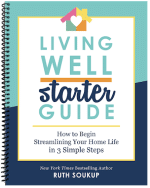 Ever feel like you just can't keep up? Our Living Well Starter Guide will show you how to start streamlining your life in just 3 simple steps. It's a game changer--get it free for a limited time!
Ever feel like you just can't keep up? Our Living Well Starter Guide will show you how to start streamlining your life in just 3 simple steps. It's a game changer--get it free for a limited time!
If you love this resource, be sure to check out our digital library of helpful tools and resources for cleaning faster, taking control of your budget, organizing your schedule, and getting food on the table easier than ever before.

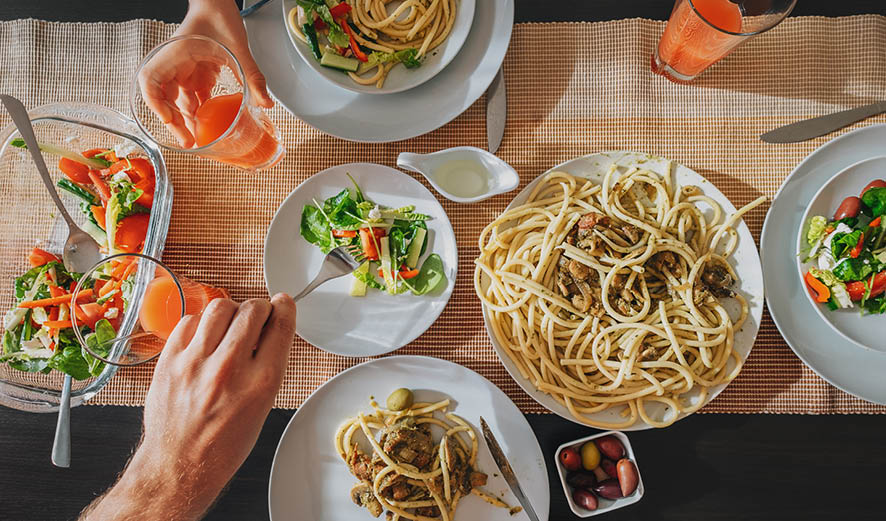
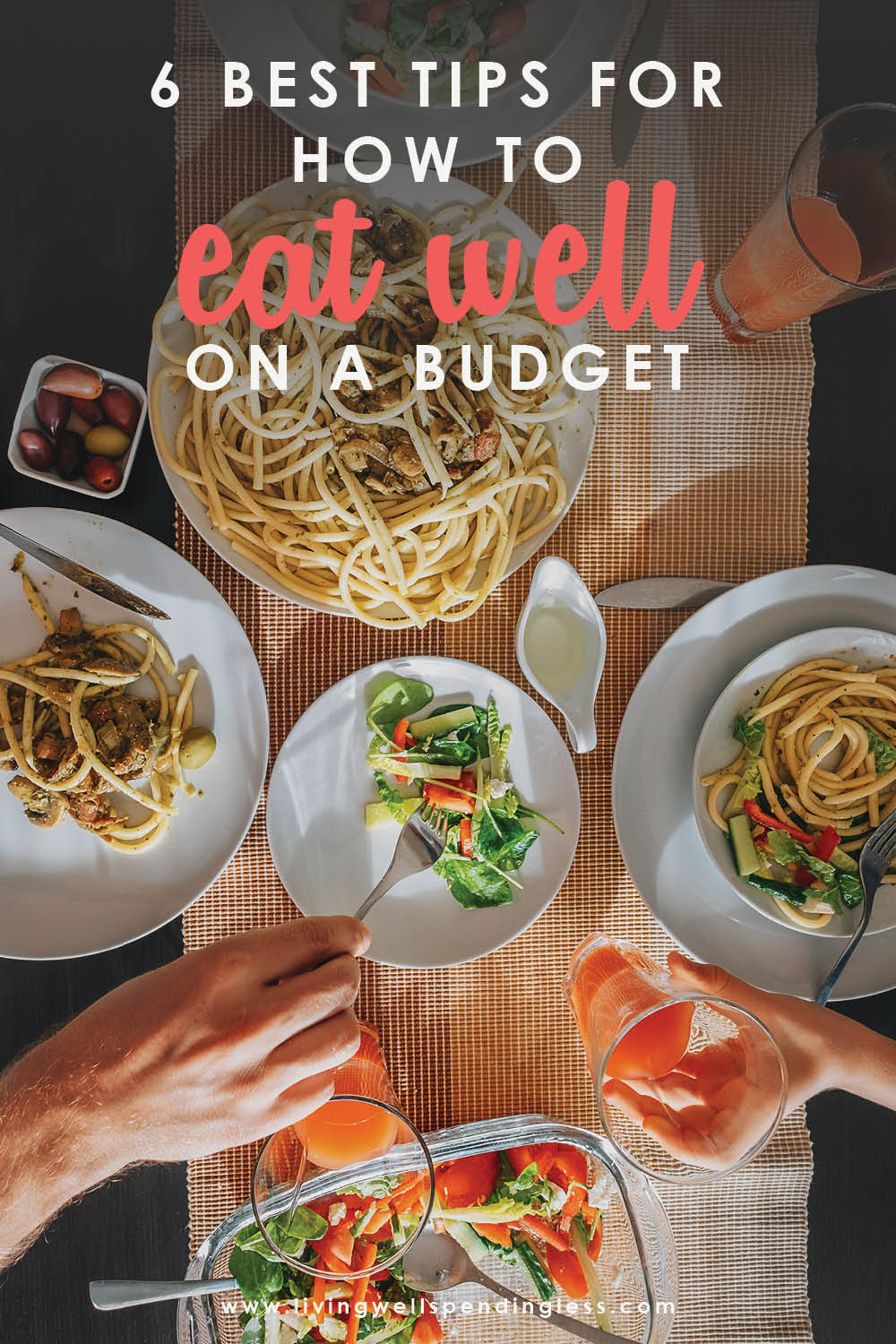
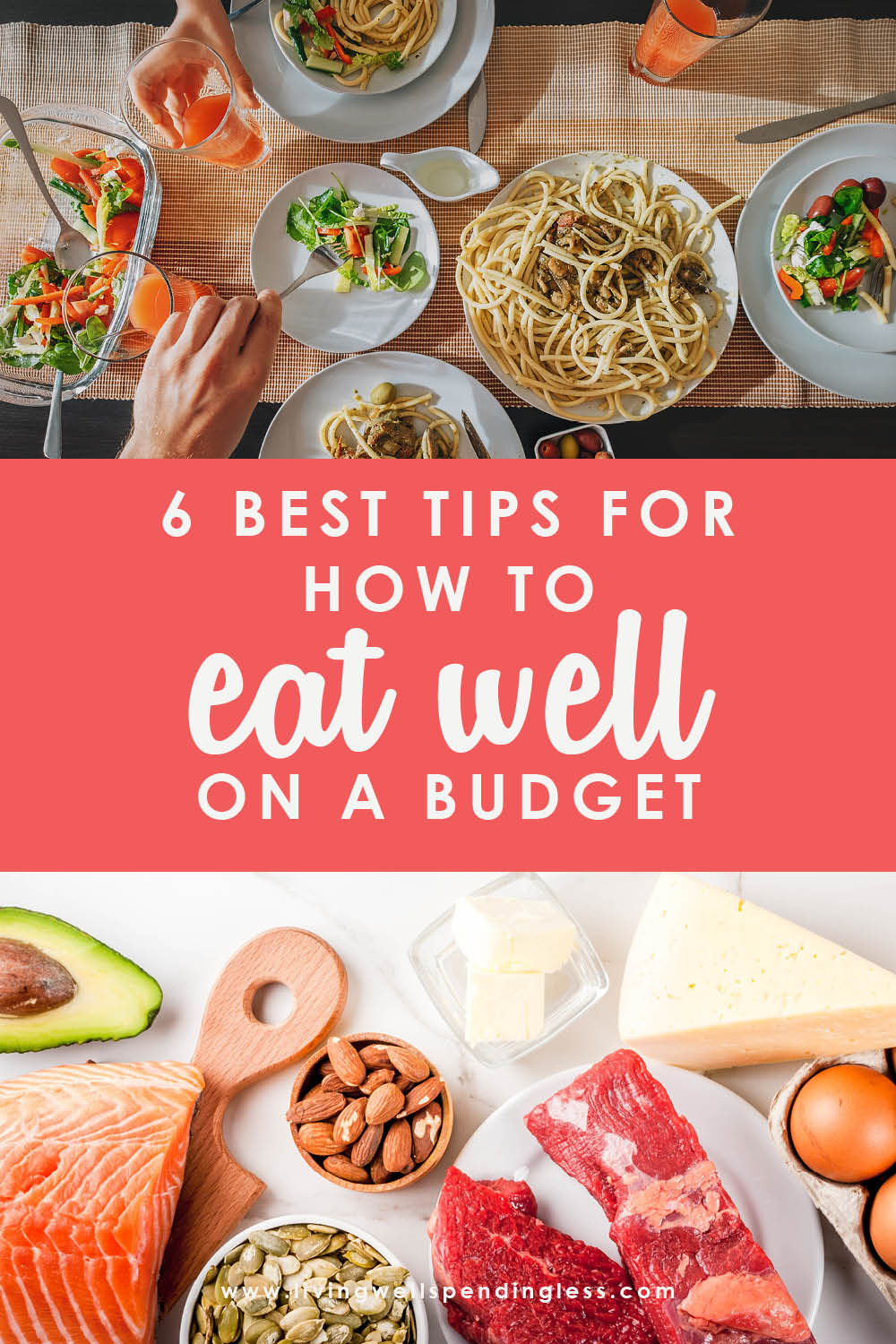






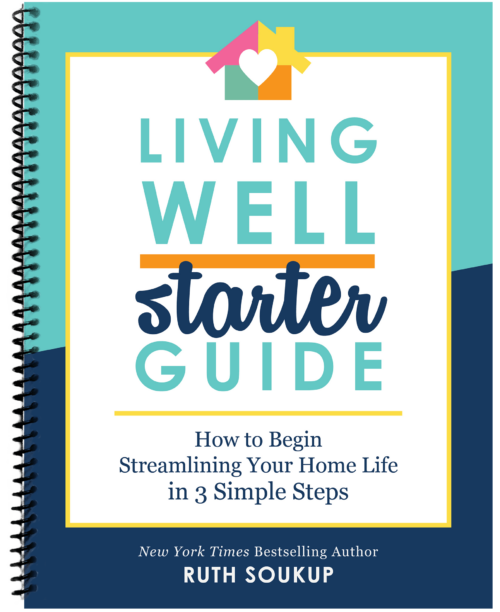

I just discovered this blog so I know my comments are months/years after it was written but maybe someone will read this. I just started shopping at Walmart for food. They have this program called Savings Catcher in their app where you scan the “scanner square thing” on your grocery receipt and they compare the price you paid for each item with the advertised prices of the same thing at 20 +- stores in your area and refund you the difference of any lower prices they find. It’s sure easier than shopping several stores for their sales. It’s amazing how much money I’ve gotten back.
I have an almost completely empty refrigerator every week before I shop. If you don’t meal plan, but buy what is on sale and that only the vegetables and meat, bags of cheap rice from Aldi’s and cans of already prepared beans, canned tomato paste and soy sauce…the possibilities are endless. I try to not waste food and that is one of the best ways to save money as well as respect those in the world who would love to have our trash…even for a day. I used to live in a 3rd world country for a long time and I’ll never be the same when it comes to food. You can tell a lot about a country by looking at its trash…what is thrown away says volumes. It is a fun challenge to look at one’s pantry and refrigerator like a Chopped Episode and see what you can make to make it to payday. I used melted marshmallows, some lemon curd and cracker crumbs the other day to coat my baked chicken and it was amazing.
Great tips! I definitely believe that it’s possible to eat healthy on a budget, it just isn’t easy all the time. It certainly becomes easier with practice though! I use my phone to take pictures of sales signs at the store so that I can look back later and decide if something really is a good deal. I also think it’s a good idea to shop at a few different stores because some things will be cheaper at one store and other things will be cheaper at another. Of course, that’s tough if you don’t live near several stores.
I look forward to reading your book, Erin!